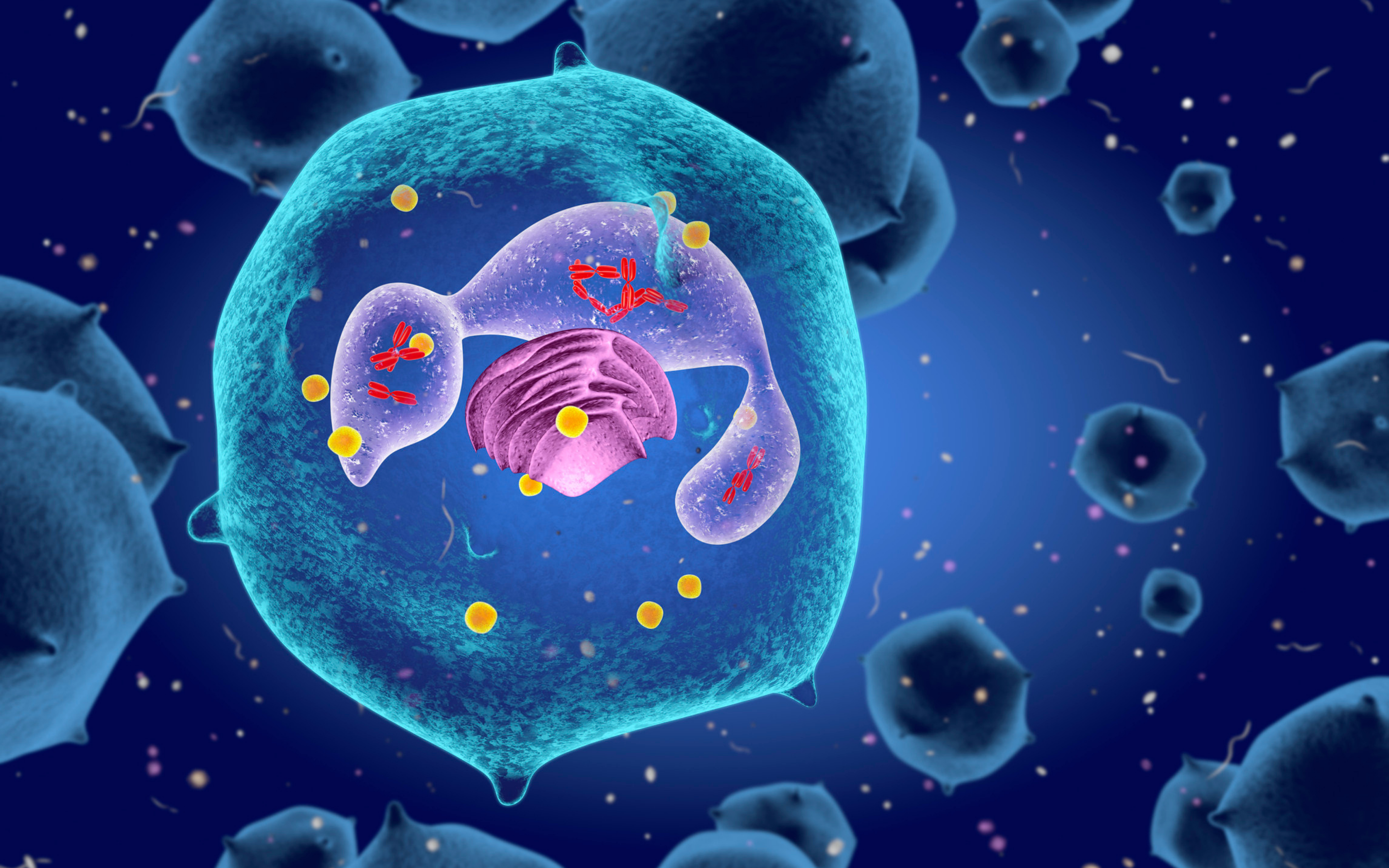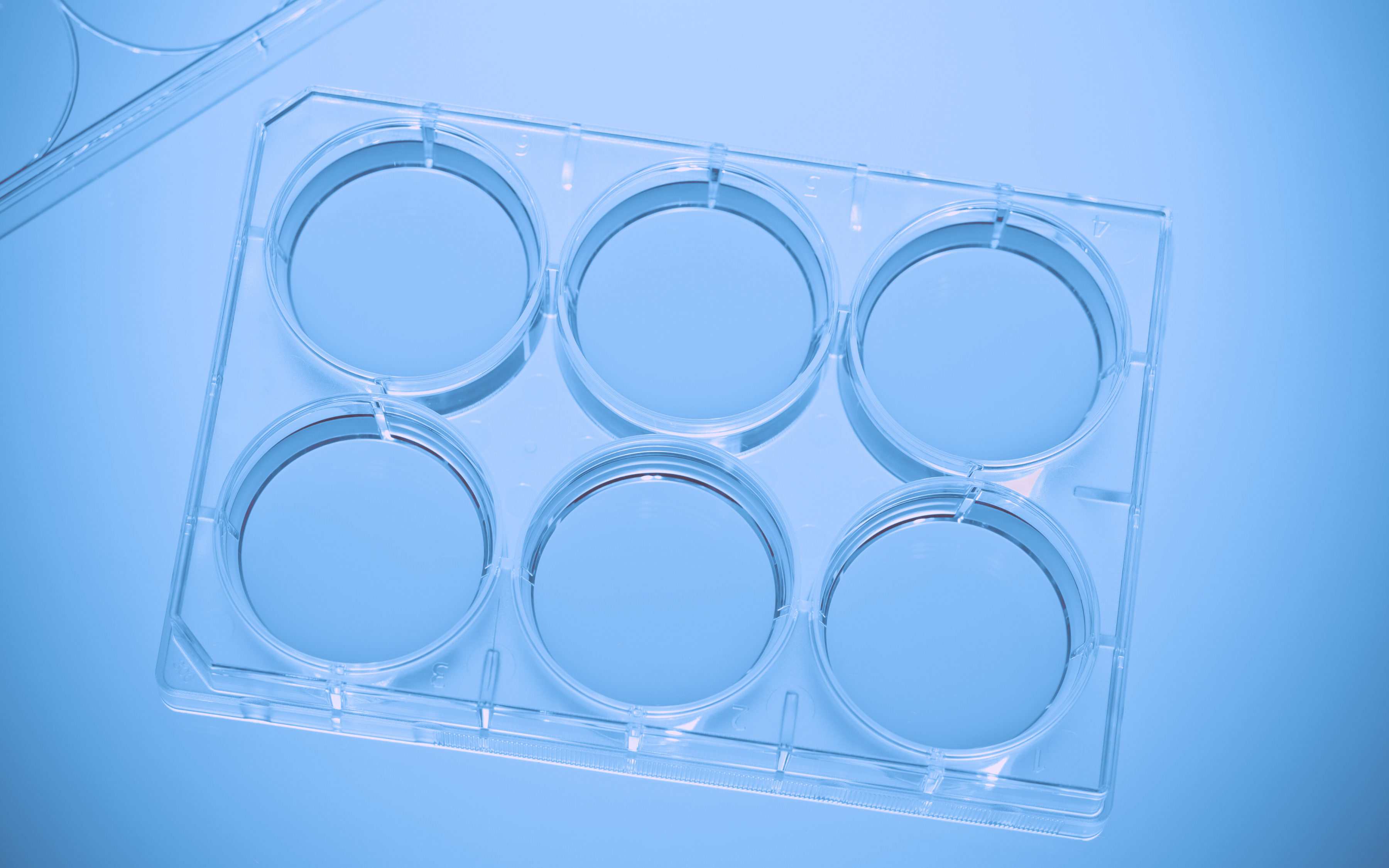The life science field, like most fields, has been greatly affected by the COVID-19 pandemic. Both industry and academia laboratories have been forced to work remotely or in shifts with small teams, interrupting the familiar flow of research. This unexpected challenge, however, has also exposed many labs to advantages that wouldn’t otherwise have been discovered, and that could bring us closer to becoming a smart laboratory.
Here are a few takeouts from COVID-19 so far:
1. Be Flexible
With the need to work from home, organizations naturally became more lenient regarding working hours, locations, and work methods, and this proved to be beneficial to some researchers — they showed that they are adaptable and resourceful, and continued producing good results and meeting deadlines.
Working from home cuts down commute times, reduces overhead, and allows for a quiet, independent work environment without the distractions of a busy lab or office (for those who do not have children at home). Many researchers reported that setting their own work schedule let them plan their day better and dive into work with better focus.
Of course, working from home has its disadvantages too. Scientists reported that they miss the availability of lab equipment and data, and the boost of creativity gained by being around teammates, working together, and brainstorming.
The conclusion is reaching balance: giving scientists a degree of autonomy in deciding how their week looks (for example, dividing their time between the lab and their homes) can boost productivity in your lab.
2. Plan Ahead
During the pandemic, scientists had to minimize time at the lab. This created the need for thorough planning of experiments and work sessions. Some researchers used digital lab notebooks for this process, accessing previous recorded experiments and results and building upon them to plan new experiments, as well as create and save protocols. “Using an electronic lab notebook allowed us to stay productive when working from home because all our information is available online,” says Dino Ossola, senior group leader at Cerevance.
This turned out to be an advantage — scientists arrived at the lab with clear to-do-lists and pre-written protocols, and ended up getting more done in less time.
This teaches us to always plan in order to have a clear direction and goals, preventing distractions and getting the most out of your time at the lab.
3. Invest in Data Analysis
We’ve talked about what comes before experimentation, now let’s address what comes after. Having been separated from their lab equipment, many scientists finally dedicated time to go through many years of data from previous experiments. Ideas and information that were put aside were suddenly receiving a second look, often leading to new and interesting points of view.
This is another example of digital record keeping and online storage being life-saving for scientists — researchers who keep track of their experiments on the cloud could access their electronic lab notebooks from home, using any computer connected to the internet. This allowed them to perform analysis easily from home.
In research, a few days of successful experiments in the lab can require months of analysis, paper writing, editing, and peer review. COVID-19 highlighted how much we were disregarding this kind of work in favor of performing new experiments, which possibly caused important discoveries to be missed.
Make sure to properly record your experiments and results in a comprehensible and reproducible manner, preferably using a digital tool that allows you to access it from anywhere, anytime. Invest time in going through your records, analysing and building upon it for the continuation of your projects, to make sure that you’re moving in the right direction.
4. Online Conferencing
The pandemic forced us to make use of remote conferencing. Surprisingly, many laboratories reported that online conferencing tools actually improved their communication and teamwork. When working together in the same building, you can just walk down the hall and talk to someone for a few minutes, but when scheduling time-limited virtual meetings, you can plan more thoughtfully, prepare your points for the meeting, and get all the information you need without needing to return later in the day for a follow-up of forgotten points.
Some companies and research groups have set up a daily or weekly catch-up, where everyone shares what they’re working on and help is requested if needed. This practice proved helpful for making sure the team is working together towards its goals. We recommend smart laboratories to implement online (or physical) pre-scheduled, time-limited conferencing in your schedule after returning to the laboratory as well.
The pandemic encouraged laboratories to make use of the internet’s incredible reach, bringing the world of science closer. Following COVID-19, we see increasing use of online conferencing for collaboration with distant labs or presenting lectures to a global audience.
There are many options for remote conferencing for scientists nowadays: Zoom and Google meet, for example, are in widespread use. Additionally, some lab management softwares and electronic lab notebooks offer built-in conferencing where calls can be assigned to projects and the recording remains for future review, in the context of the relevant projects and experiments.
5. Digital Laboratory Management
The pandemic encouraged increased implementation of digital laboratory management softwares. They were used for several purposes: scheduling lab and equipment sessions to ensure smooth switching between teams; inventory management, to keep track of everything in stock while working remotely or in shifts; tracking equipment maintenance and calibration events, and more. Researchers that implemented digital lab management softwares found out that they were saving time that they normally would waste on lab logistics, and saving money because they were no longer buying unnecessary stocks or allowing stocks to expire.
“Using a laboratory management software was an important part of our COVID-19 research resumption plan,” says Brian Kvitko, assistant professor and head of a lab at the University of Georgia, Department of Plant Pathology.
The pandemic brought many of us closer to becoming a smart laboratory; we encourage laboratories to advance in the direction of centralized digital management.
Labguru - A Solution for Smart Laboratories
Labguru is an all-in-one lab management system that combines digital record keeping, inventory, storage and equipment management, data analysis and team communication (including online video conferencing, shared experiments and protocols, and task management). Our users reported that Labguru proved an invaluable tool during the COVID-19 pandemic.




